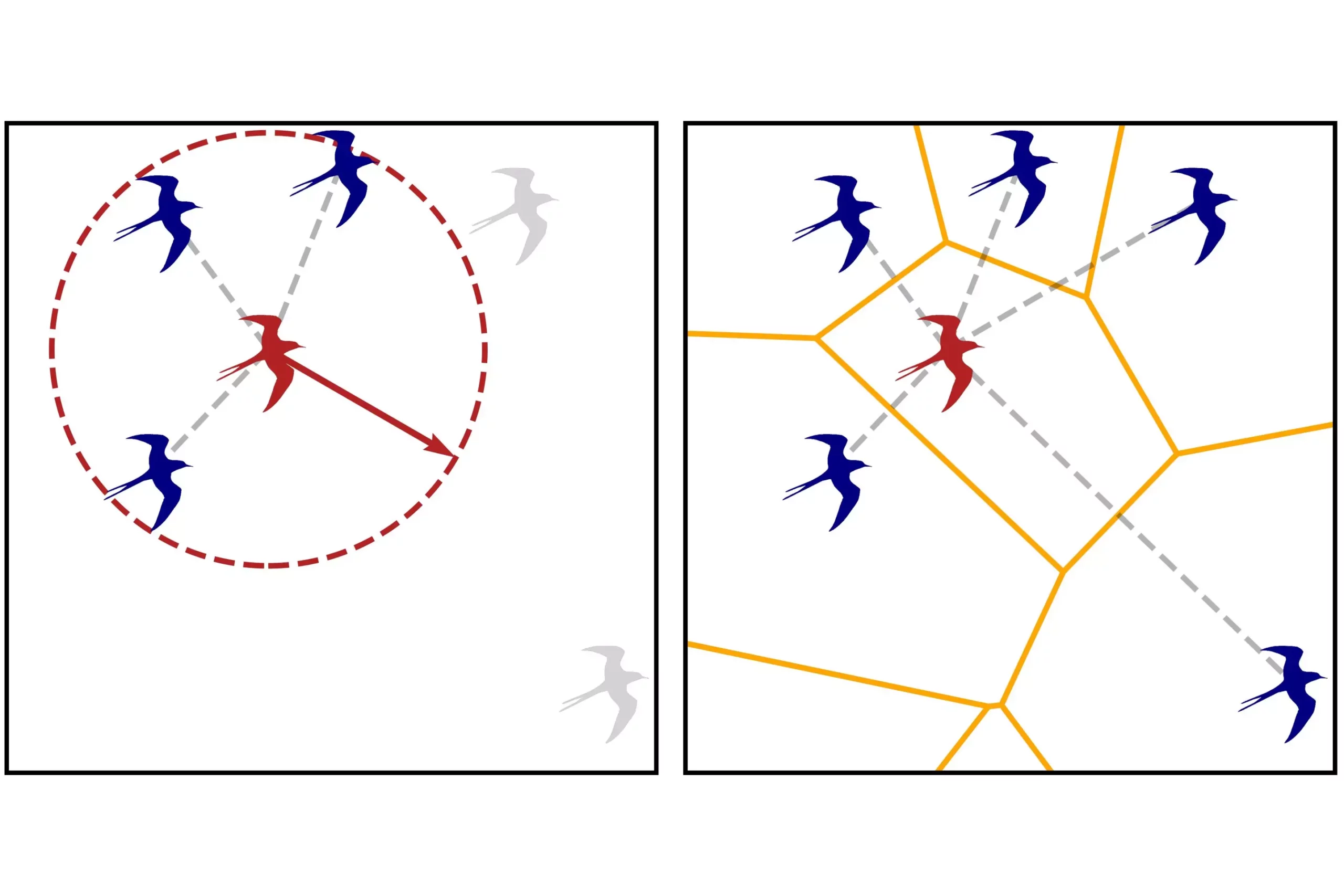In the realm of scientific inquiry, the behavior of different entities—be it a crowd of humans, a flock of birds, or the collective movement of cells—has historically been viewed through distinct lenses. However, groundbreaking research has unveiled that the fundamental principles governing these diverse groups may not be as disparate as previously presumed. A recent study published in the Journal of Statistical Mechanics: Theory and Experiment (JSTAT), featuring contributions from an international research team including institutions like MIT and CNRS, elucidates the intersection of physics and biological dynamics through a fresh theoretical lens.
This study probes into collective movement, positing that seemingly varied entities exhibit remarkably similar behaviors under specific conditions. The researchers explored the dynamics of “self-propelled agents,” a category that encompasses biological entities. One of the key discoveries made by the team, led by Julien Tailleur from MIT, is the assertion that “birds are flying atoms.” This notion at first glance might seem peculiar, yet it encapsulates a profound revelation about the nature of group dynamics, suggesting that collective movement shares commonalities with the physical interactions of atoms.
Traditionally, scientists have differentiated between the physical movements of particles and the behavior of biological elements. The prevailing belief held that a qualitative disparity exists between these two types of movements. Specifically, the dynamics surrounding phase transitions—the shift from a disorderly to an orderly state—were thought to be intrinsically different for particles compared to their biological counterparts. However, the findings of this study challenge such long-held assumptions.
Tailleur notes that the conceptual framework for understanding how particles interact is largely predicated on physical distance. In contrast, for organisms like birds, it is not merely the proximity of nearby individuals that influences their movement, but rather their visibility to one another. A pigeon in flight is more responsive to the birds within its line of sight than those that are physically close but out of view. This introduces an exciting concept known as “topological relationships,” where birds can be far apart in measurable terms yet still exert mutual influence through visibility.
At the heart of this research is a model that draws inspiration from the concepts governing ferromagnetic materials. In these materials, individual spins—the magnetic moments associated with electrons—behave erratically under conditions of high temperature or low density due to thermal fluctuations. However, as temperature decreases and density rises, these spins collectively align, resulting in a global orientation resembling coordinated movement.
The study reveals that, akin to ferromagnetic spins, biological entities can also experience a form of collective ordering through a discontinuous phase transition rather than the gradual emergence of order typically observed in passive systems. This is a significant deviation from the conventional view and holds profound implications for our understanding of both biological behavior and statistical physics. According to Tailleur, the insights derived from this model extend our comprehension of collective movement across various domains.
Simplicity in Complexity
An important aspect of this research focuses on the principle of simplification in scientific modeling. Echoing the wisdom of Einstein, Tailleur emphasizes the importance of creating models that remove unnecessary complexities without oversimplifying the phenomenon being studied. While the study acknowledges the inherent complexities of real-world organisms—like cognitive limitations and environmental variables—it maintains that the structural dynamics, especially regarding topological relationships, remain crucial in understanding collective motion.
This approach underscores a broader principle applicable to scientific inquiry: effective models must strike a balance between simplicity and depth to accurately reflect the phenomena they aim to describe. The notion that topological influences do not fundamentally alter the nature of collective transitions provides a foundational understanding, allowing scientists to bridge the gap between physical and biological theories.
The implications of these findings extend well beyond the realms of physics and biology. As researchers aim to further understand collective behavior, from ecosystems to social dynamics, the unification of principles across disciplines opens avenues for innovative studies. The capacity to analyze collective movements through a common theoretical framework provides an enriched perspective that could lead to transformative insights across various fields.
The exploration of collective movement through the lens of physics not only unravels the intricacies of nature’s choreography but also reinforces the idea that the principles governing disorder and order, whether in atoms or flocks of birds, are deeply intertwined. As science advances, it will be exciting to witness how these insights are applied to solve real-world challenges, bridging the divide between the microscopic and the macroscopic realms of existence.


Leave a Reply